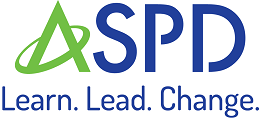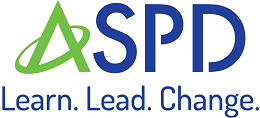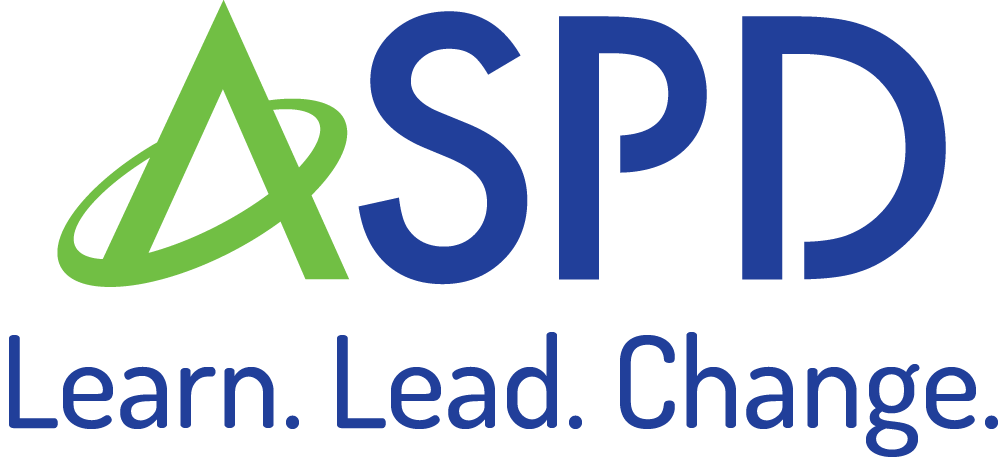TESOL STANDARDS FOR TEACHERS
TESOL standards for preparing PK-12 ESL and Bilingual Teachers
Standard 1
Knowledge about language
STANDARD 2
ELLs in the sociocultural contect
STANDARD 3
Planning and implementing instruction
Standard 4
Assessment and evaluation
STANDARD 5
Professionalism and Leadership
STANDARD 1: Knowledge of Language
Teachers demonstrate knowledge of English language structures, English language use, second
language acquisition and development, and language processes to help English Language Learners
(ELLs) acquire academic language and literacies specific to various content areas.
1a1. Demonstrate knowledge of English language structures in different discourse contexts to promote acquisition of reading, writing, speaking, and listening skills across content
areas.
1a2. Serve as language models for ELLs.
1b. Demonstrate knowledge of second language acquisition theory and developmental process of language to set expectations for and facilitate language learning.
1c. Demonstrate knowledge of language processes (e.g., interlanguage and language progressions) to facilitate and monitor ELLs’ language learning in English. (See
Language progressions New Zealand,
New York CCSS Language Progressions)
1d. Apply knowledge of English
academic language functions, learning domains,
content-specific language and discourse structures, and vocabulary to promote ELLs’ academic achievement across content areas.
STANDARD 2: ELLs in the sociocultural context
Teachers of multiligual leaners ...
... demonstrate and apply knowledge of the impact of dynamic academic, personal, familial, cultural, social, and sociopolitical contexts on the education and language acquisition of ELLs as supported by research and theories.
... investigate the academic and personal characteristics of each ELL, as well as family circumstances and literacy practices, to develop individualized, effective instructional and assessment practices for their ELLs.
... recognize how educator identity, role, culture, and biases impact the interpretation of ELLs’ strengths and needs.
2a. Demonstrate knowledge of how dynamic academic, personal, familial, cultural, and social contexts, including sociopolitical factors, impact the education of ELLs.
2b. Demonstrate knowledge of research and theories of cultural and linguistic diversity and equity that promote academic and social language learning for ELLs.
2c. Devise and implement methods to understand each ELL’s academic characteristics, including background knowledge, educational history, and current performance data, to develop effective, individualized instructional and assessment practices for their ELLs.
2d. Devise and implement methods to learn about personal characteristics of the individual ELL (e.g., interests, motivations, strengths, needs) and their family (e.g., language use, literacy practices, circumstances) to develop effective instructional practices.
2e. Identify and describe the impact of his/her identity, role, cultural understandings, and personal biases and conscious knowledge of U.S. culture on his/her interpretation of the
educational strengths and needs of individual ELLs and ELLs in general.
STANDARD 3: Planning and implementing instruction
Teachers of multilingual learners ...
... plan supportive environments for ELLs, design and implement standards-based instruction using evidence-based, ELL-centered, interactive approaches.
... make instructional decisions by reflecting on individual ELL outcomes and adjusting instruction.
... demonstrate understanding of the role of collaboration with colleagues and communication with families to support their ELLs’ acquisition of English language and literacies in the content areas.
... use and adapt relevant resources, including appropriate technology, to effectively plan, develop, implement, and communicate about instruction for ELLs.
3a1. Plan for culturally and linguistically relevant, supportive environments that promote ELLs’ learning.
3a2. Design scaffolded instruction of language and literacies to support standards and curricular objectives for ELLs’ in the content areas.
3b. Instruct ELLs using evidence-based, student-centered, developmentally appropriate interactive approaches.
3c. Adjust instructional decisions after critical reflection on individual ELLs’ learning outcomes in both language and content.
3d. Plan strategies to collaborate with other educators, school personnel, and families in order to support their ELLs’ learning of language and literacies in the content areas.
3e. Use and adapt relevant materials and resources, including digital resources, to plan lessons for ELLs, support communication with other educators, school personnel, and
ELLs and to foster student learning of language and literacies in the content areas.
STANDARD 4: ASSESSMENT AND EVALUATION
Teacher of multilingual learners ....
... apply assessment principles to analyze and interpret multiple and varied assessments for ELLs, including classroom-based, standardized, and language proficiency assessments.
... understand how to analyze and interpret data to make informed decisions that promote English language and content learning. Candidates understand the importance of communicating results to other educators, ELLs, and ELLs’ families.
4a. Apply knowledge of validity, reliability, and assessment purposes to analyze and interpret student data from multiple sources, including norm-referenced and criterion-referenced tests. Candidates make informed instructional decisions that support language learning.
4b1. Demonstrate understanding of classroom-based formative, summative, and diagnostic assessments scaffolded for both English language and content assessment.
4b2. Language and content learning goals based on assessment data.
4c. Knowledge of state-approved administrative considerations, accessibility features, and accommodations appropriate to ELLs for standardized assessments.
4d. Understanding of how English language proficiency assessment results are used for identification, placement, and reclassification.
STANDARD 5: PROFESSIONALISM AND LEADERSHIP
Teachers of multilingual learners ...
... demonstrate professionalism and leadership by collaborating with other educators, knowing policies and legislation and the rights of ELLs, advocating for ELLs and their families, engaging in self-assessment and reflection, pursuing continuous professional development, and
honing their teaching practice through supervised teaching.
5a. Demonstrate knowledge of effective collaboration strategies in order to plan ways to serve as a resource for ELL instruction, support educators and school staff, and
advocate for ELLs.
5b. Apply knowledge of school, district, and governmental policies and legislation that impact ELLs’ educational rights in order to advocate for ELLs.
5c. Practice self-assessment and reflection, make adjustments for self improvement, and plan for continuous professional development in the field of English
language learning and teaching.
5d. Engage in supervised teaching to apply and develop their professional practice using self-reflection and feedback from their cooperating teachers and supervising faculty.


